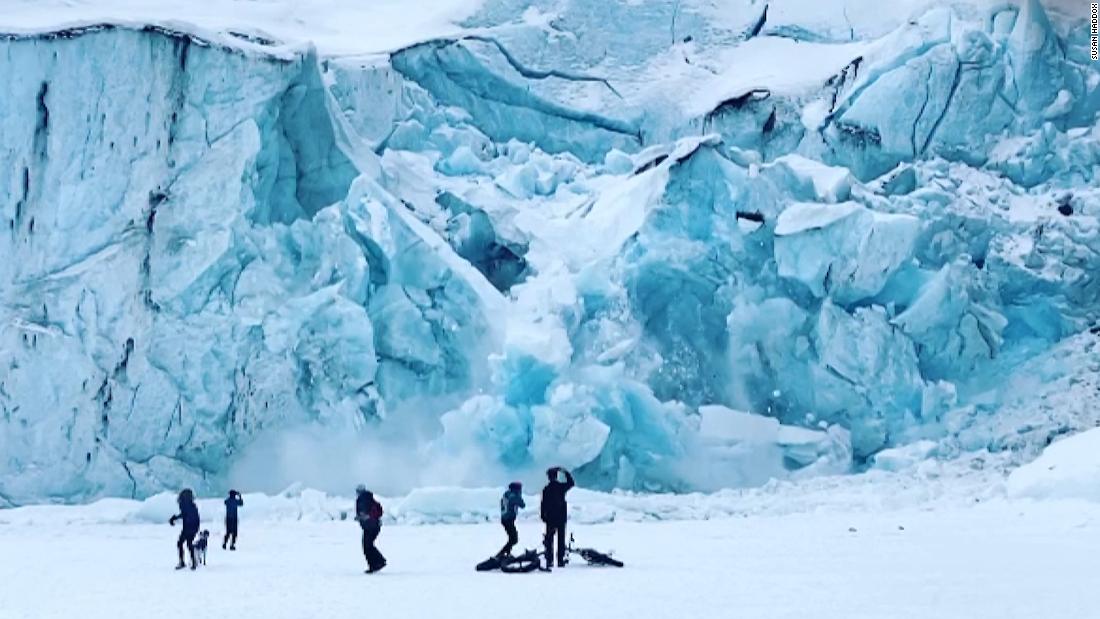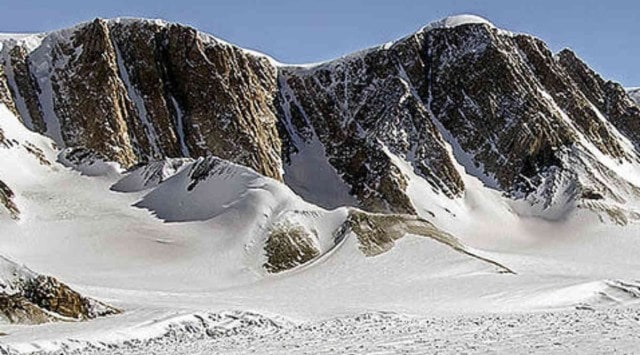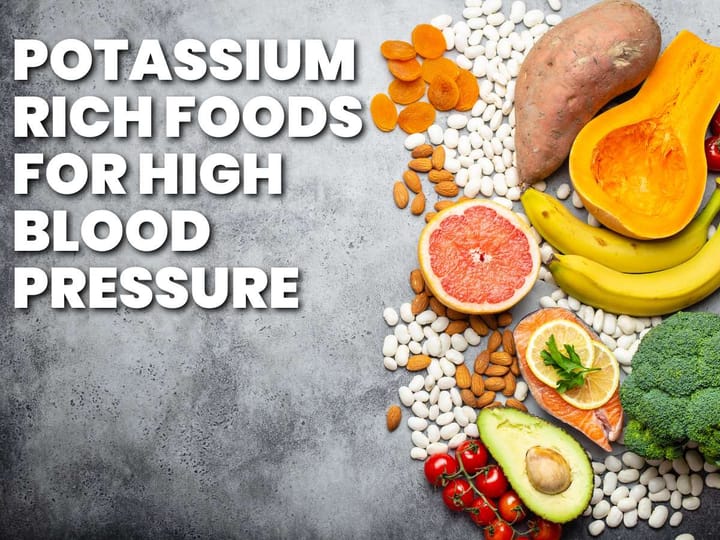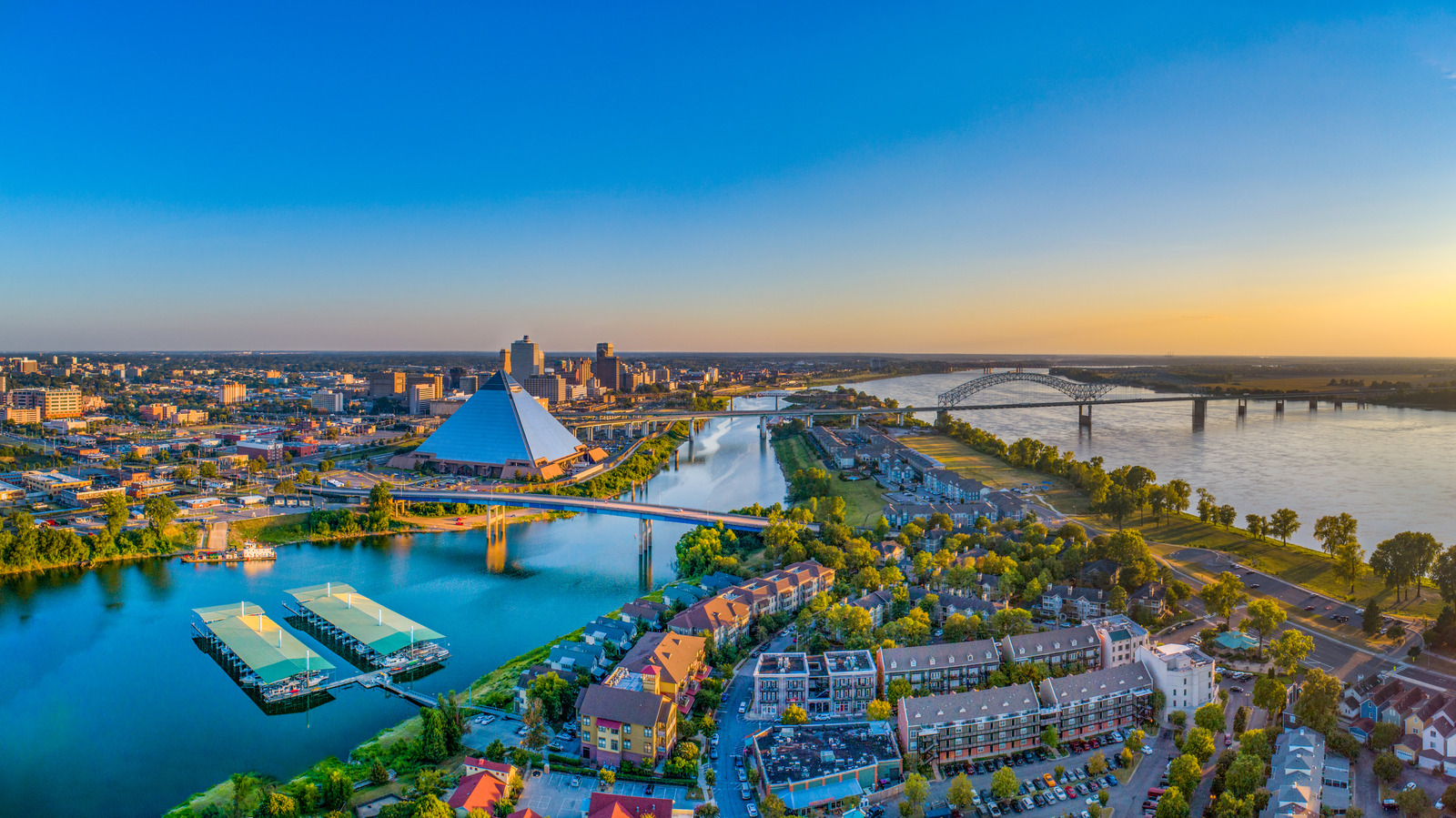The Alarming Decline of Alaska's Glaciers

Alaska's glaciers are some of the most iconic and awe-inspiring natural features on the planet. They are also some of the most vulnerable to climate change.
Over the past century, Alaska's glaciers have been melting at an accelerating rate. In the past decade alone, they have lost more than 100 square kilometers of ice. This melting is a major contributor to global sea level rise.
The melting of Alaska's glaciers is also having a significant impact on the local environment. Glaciers provide cold water that supports fish and other aquatic life. They also help to regulate the flow of rivers and streams. As glaciers melt, these ecosystems are disrupted.
The decline of Alaska's glaciers is a serious problem with far-reaching consequences. It is a reminder of the urgent need to act on climate change.
Causes of Glacier Melting
The primary cause of glacier melting is climate change. As the global temperature rises, the air and water around glaciers become warmer. This causes glaciers to melt more quickly.
Other factors that can contribute to glacier melting include:
- Increased precipitation
- Changes in wind patterns
- Volcanic eruptions
Consequences of Glacier Melting
The melting of Alaska's glaciers is having a number of negative consequences, including:
- Sea level rise
- Disruption of ecosystems
- Loss of tourism revenue
- Increased risk of flooding
What Can Be Done?
There are a number of things that can be done to address the problem of glacier melting, including:
- Reducing greenhouse gas emissions
- Investing in renewable energy
- Protecting glaciers from other threats
- Raising awareness of the issue
The melting of Alaska's glaciers is a serious problem that requires urgent action. By taking steps to reduce greenhouse gas emissions and protect glaciers from other threats, we can help to slow the rate of melting and mitigate the negative consequences.















Comments ()